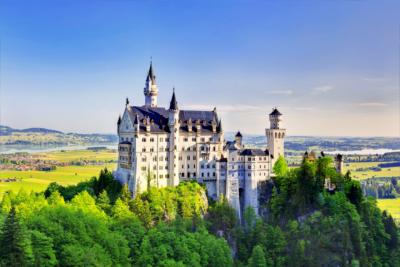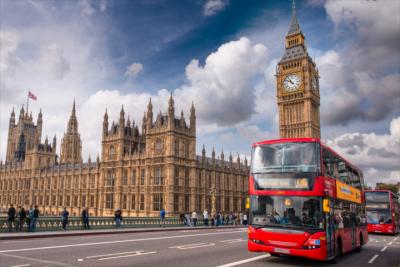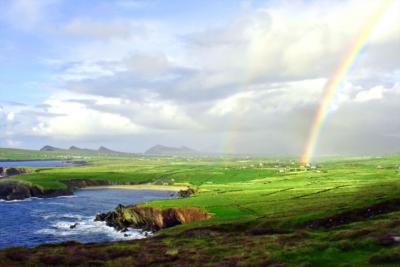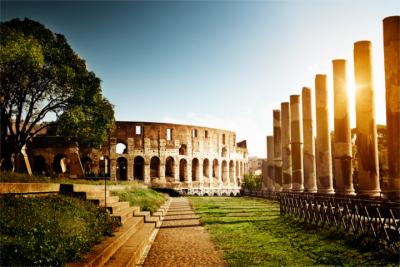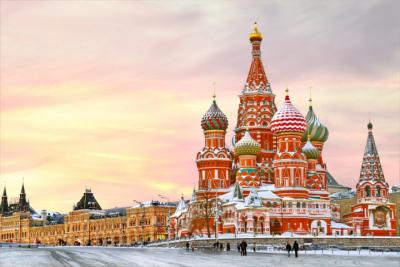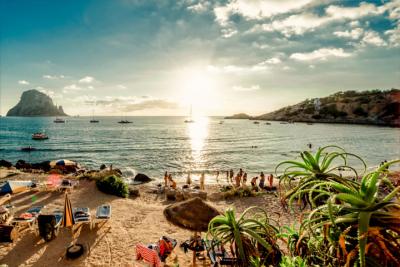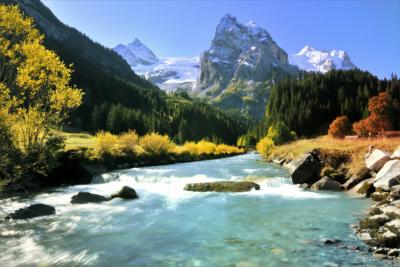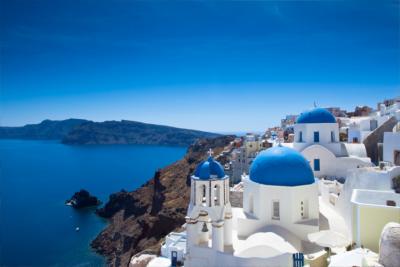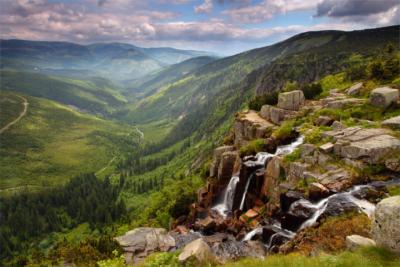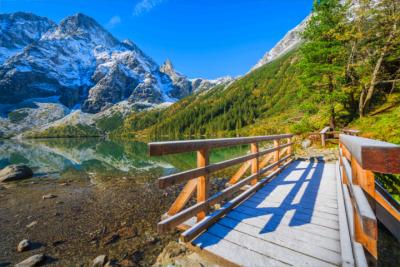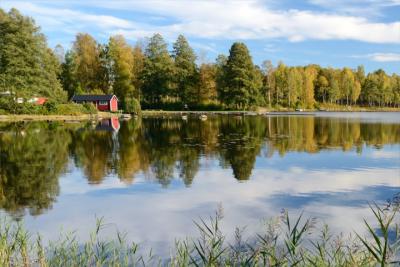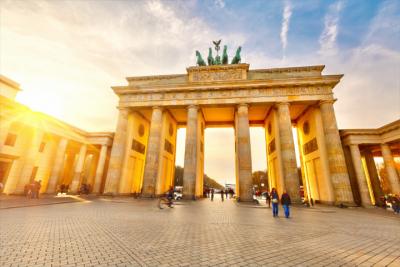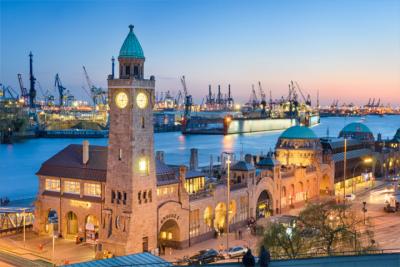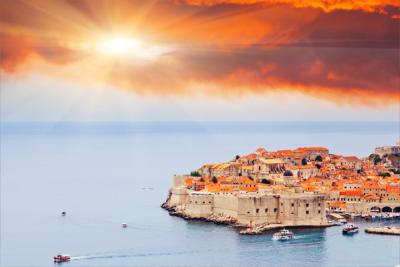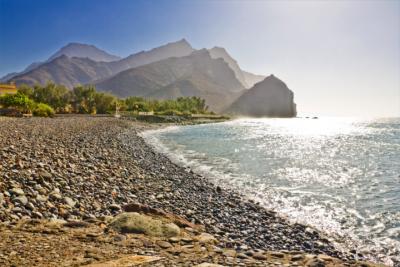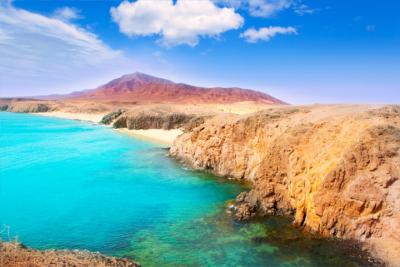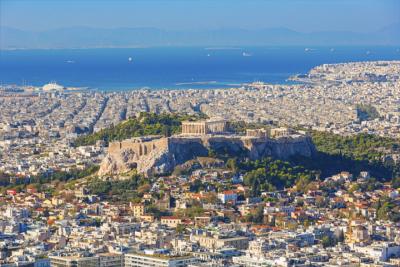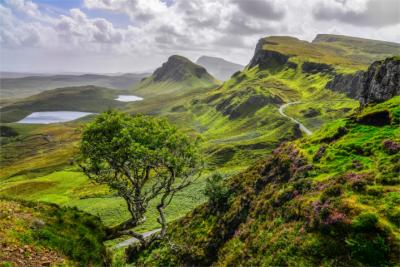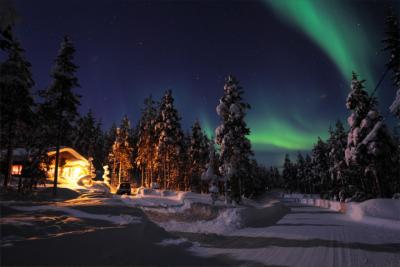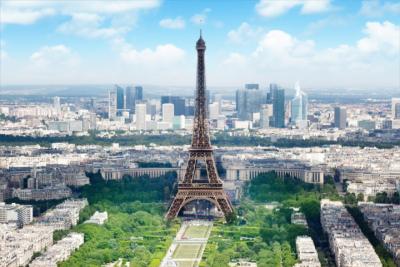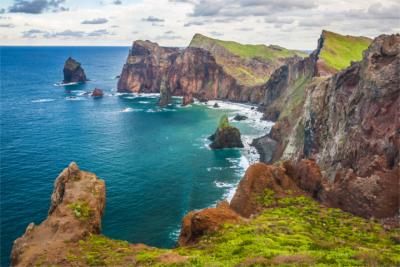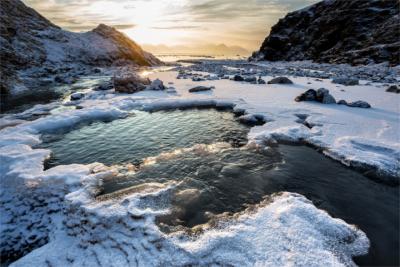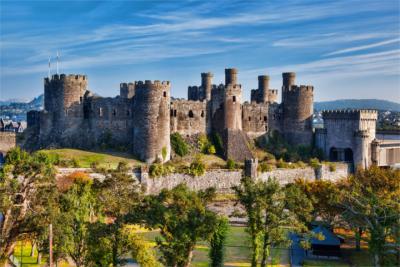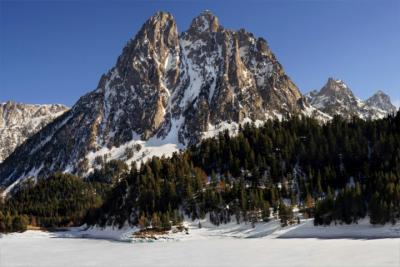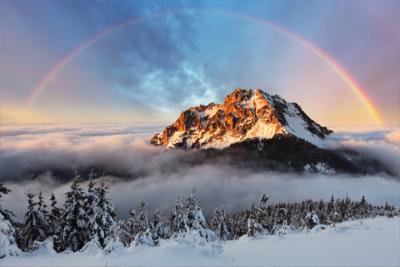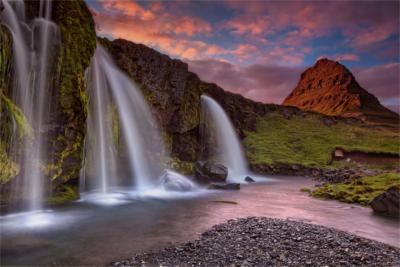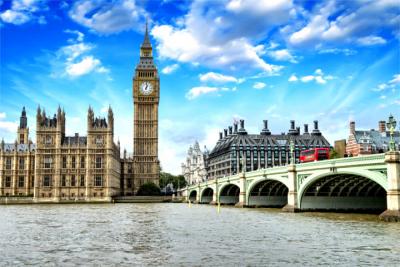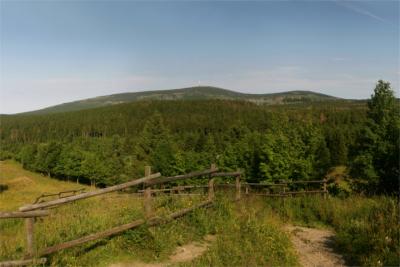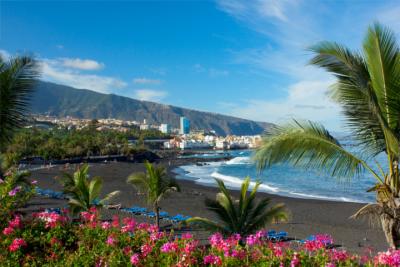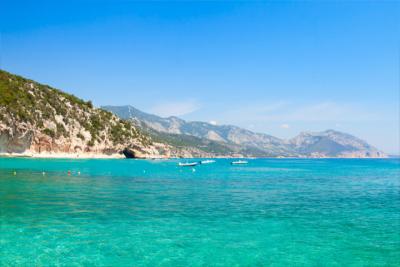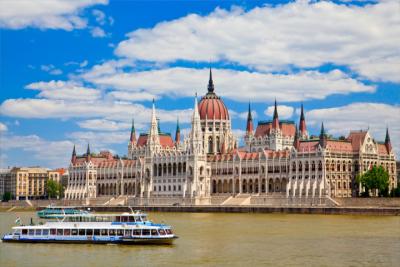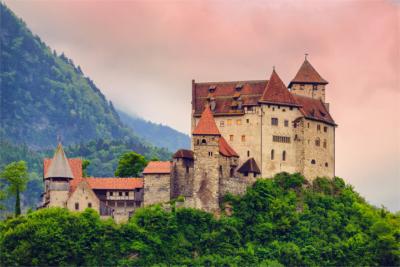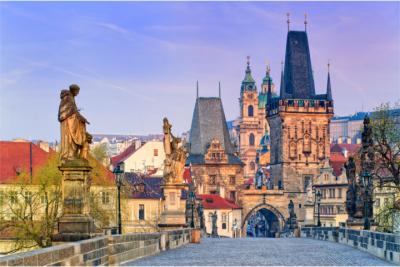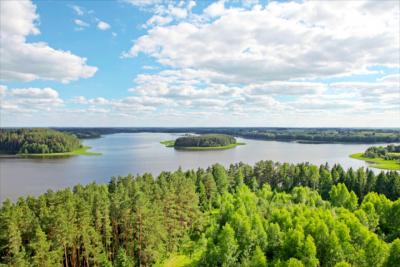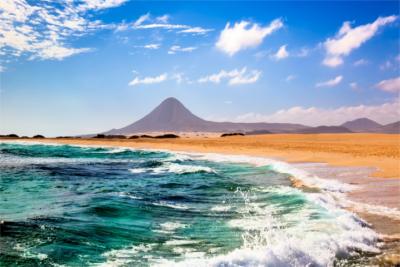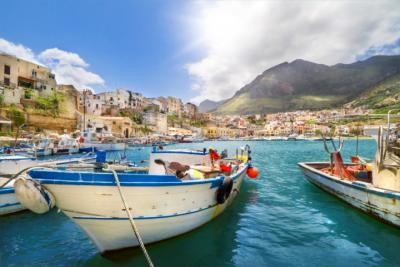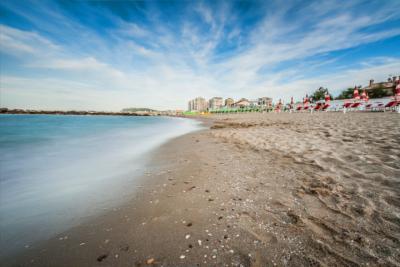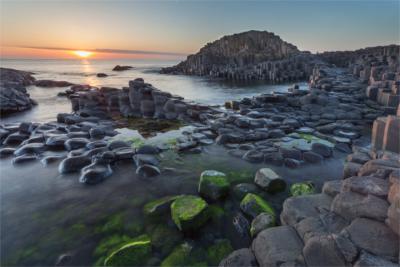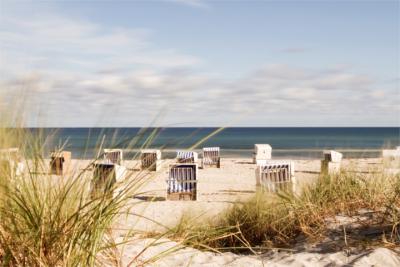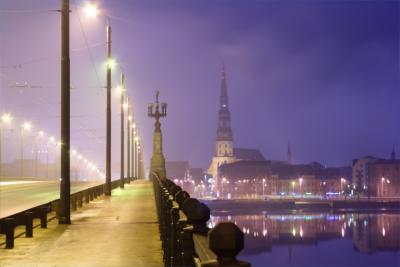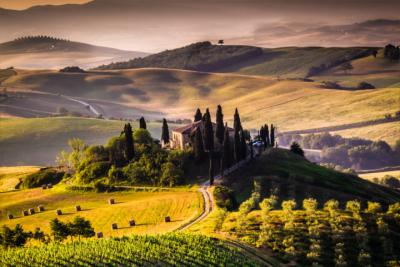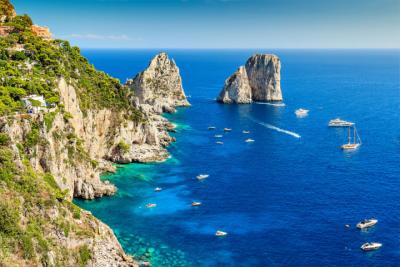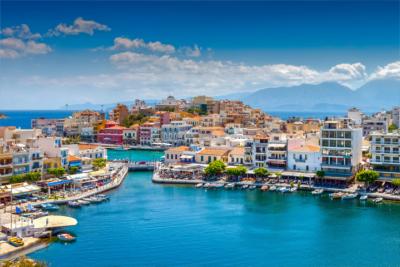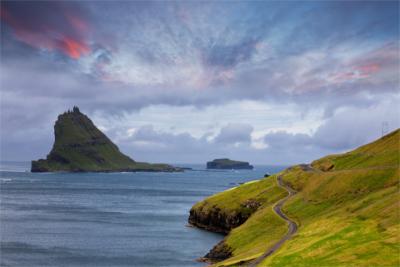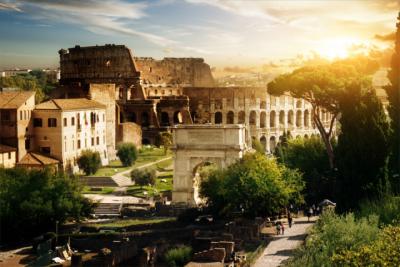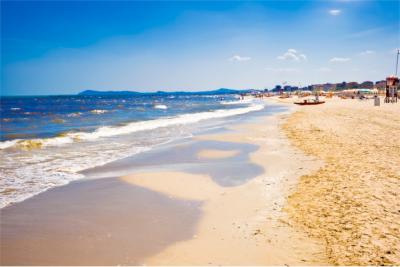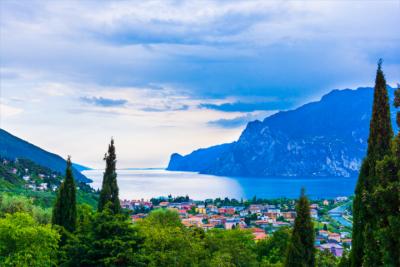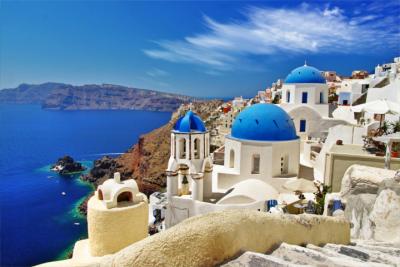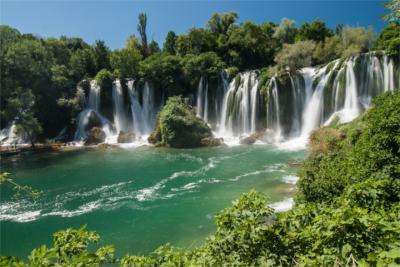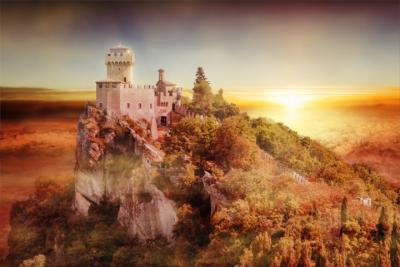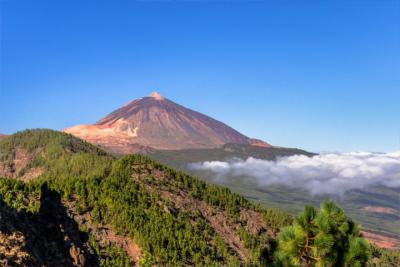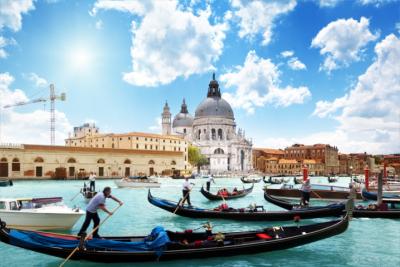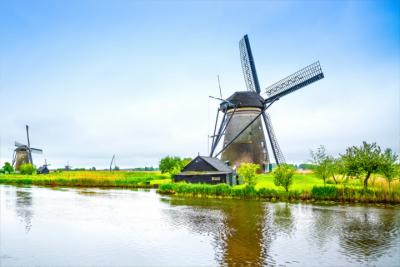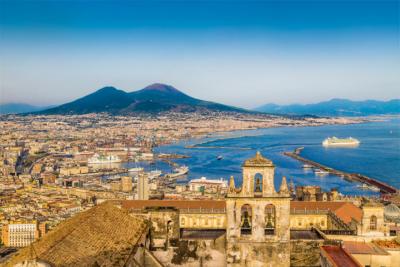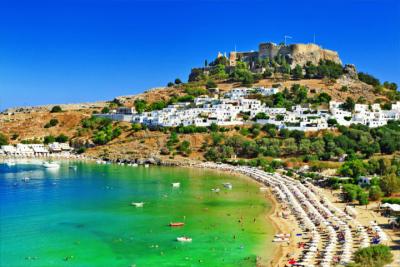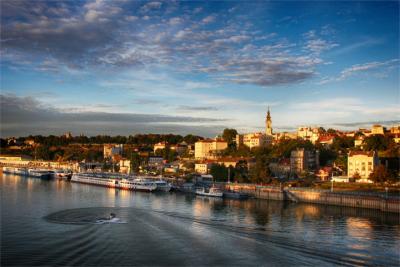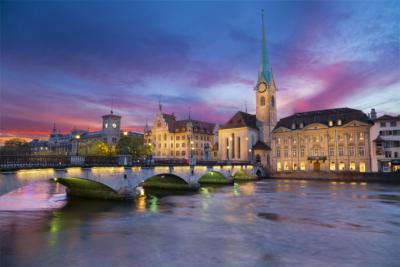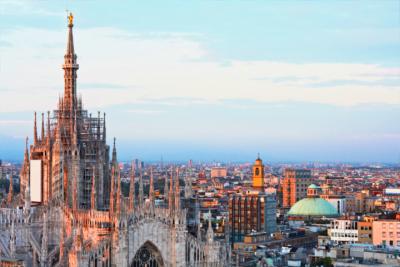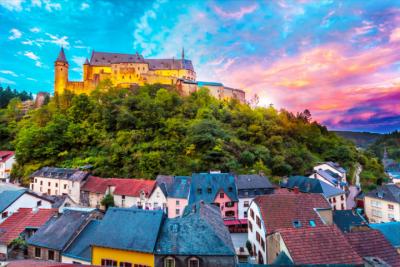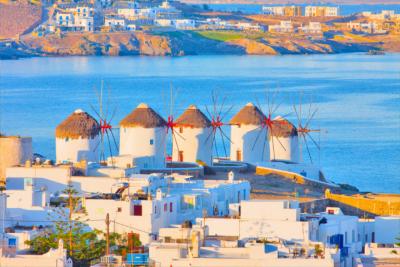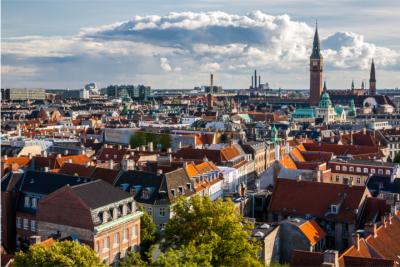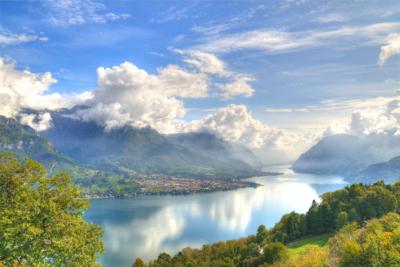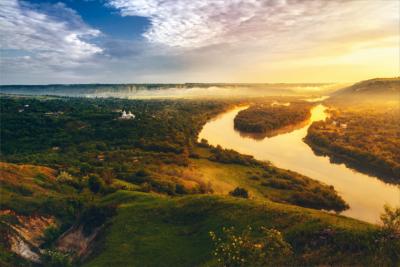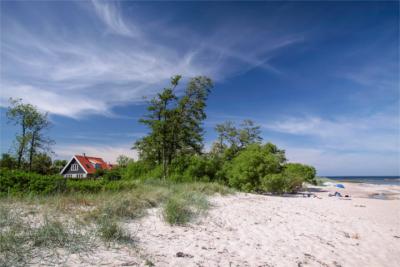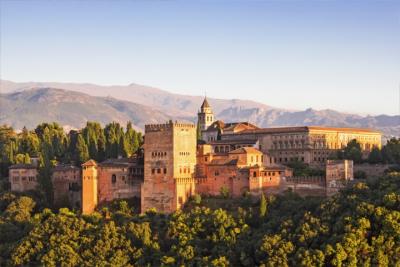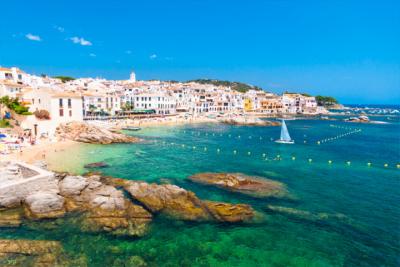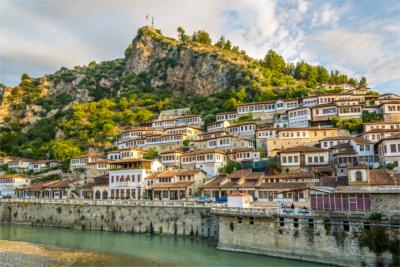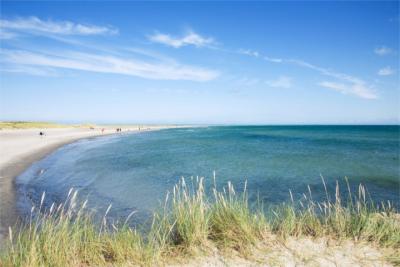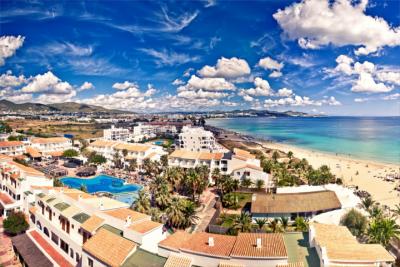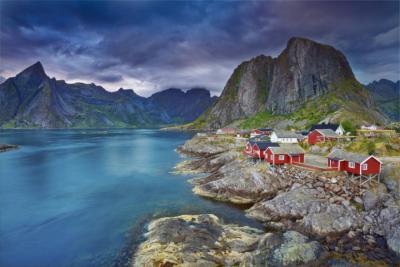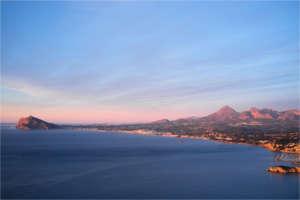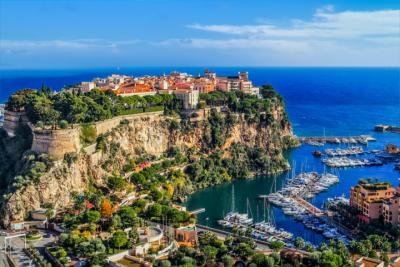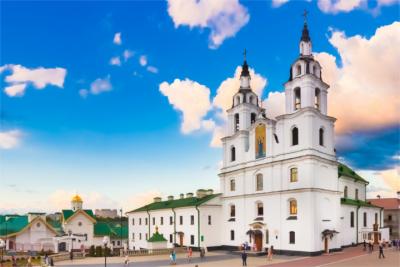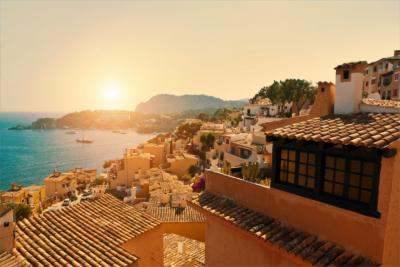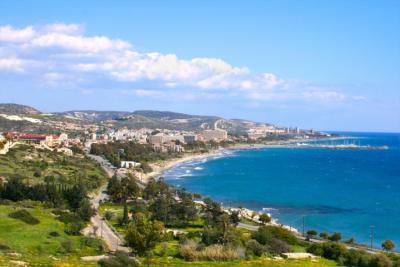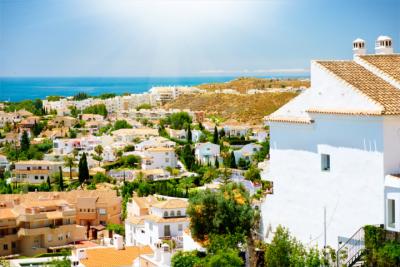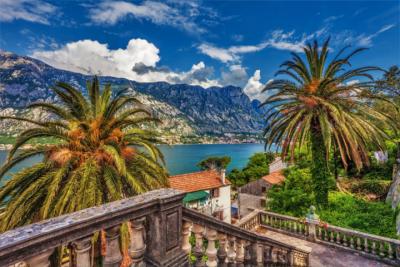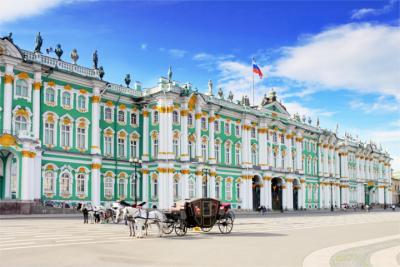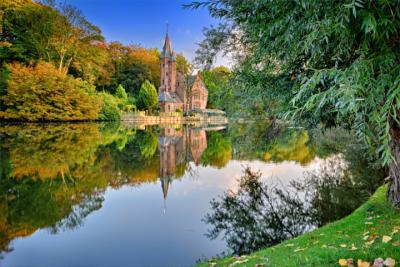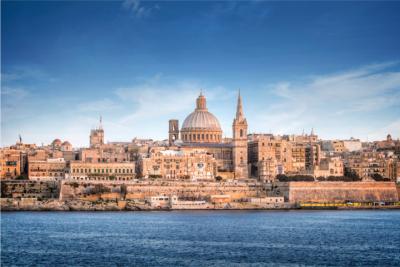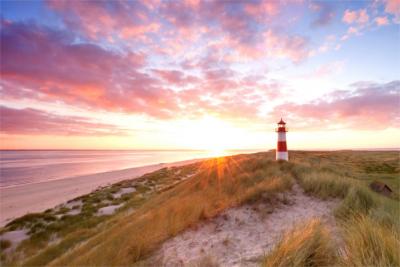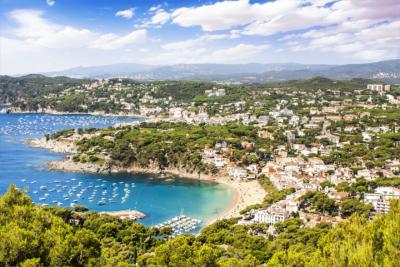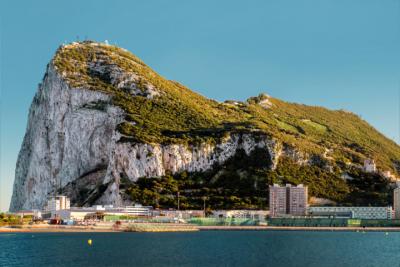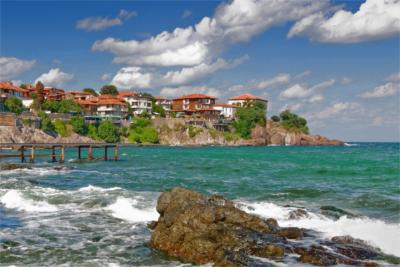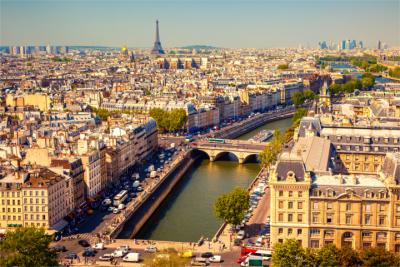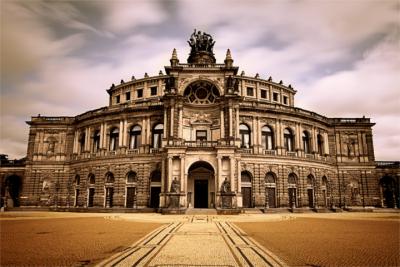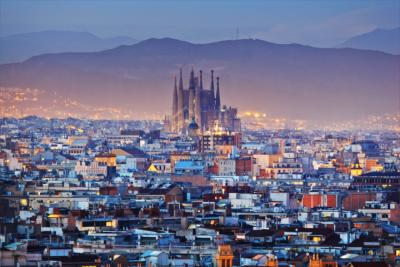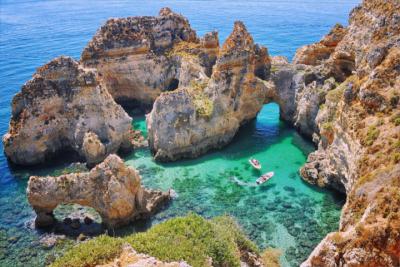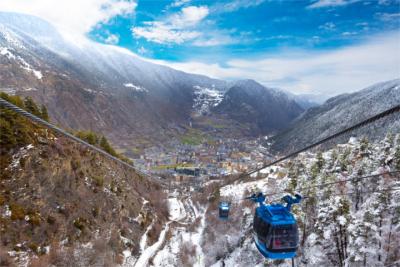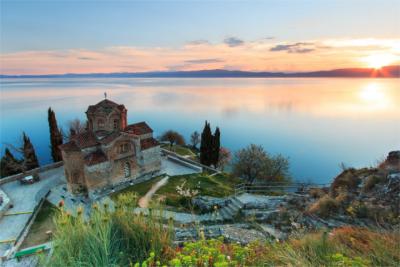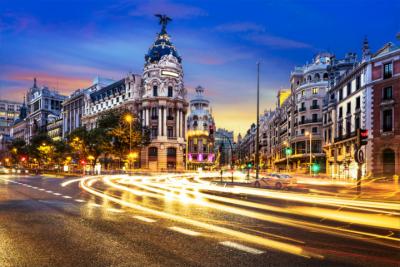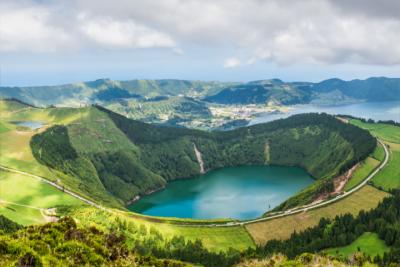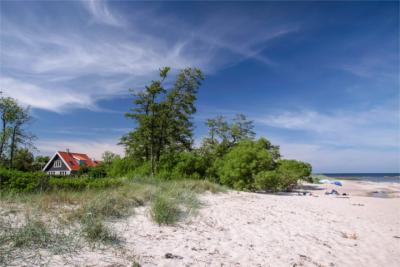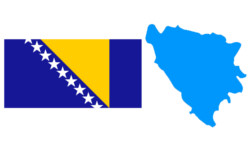Travel Offers
Travelmyne Featureprint
Distance
Bosnia and Herzegovina - Natural Wonders in South-Eastern Europe
Wide water walls in the middle of green forests, blue river heads in the mountains and the appeal of Ottoman architecture - only a few people would expect to find such wonderful sights in Bosnia and Herzegovina. But behind the headlines of past years, there is a country characterised by warmth, cordiality and an excellent cuisine.

Geography - A federation in south-eastern Europe
The country of Bosnia and Herzegovina (short "Bosnia") lies north of the Adriatic Sea between Montenegro, Croatia and Serbia. Its capital Sarajevo is the country's biggest city. The climate zones range from temperate to warm, depending on the region you are visiting. There is Mediterranean climate in the south with relatively hot summers. The north, on the other hand, is influenced by Central Europe and has cooler weather. There is a lot of snow in the high mountain regions in winter.
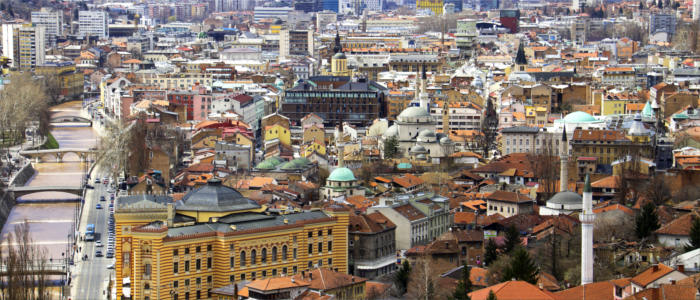
Nature - Forests, mountains and waterfalls
Bosnia is characterised by diverse landscapes. About 60 percent of the country are forested. Oaks, beeches and various types of conifers are common here. The mountainous regions are particularly heavily covered in forests. They are home to the now rare brown bears as well as numerous bird species such as falcons, eagles and woodpeckers. In spring, the forests smell of fresh wild garlic and the landscape is vegetated by juniper and gentian. There is a number of unique waterfalls in Bosnia and the lakes and river landscapes are worth seeing as well. In addition, the shoreline at the Adriatic sea is about 20 kilometres long so the country has access to the sea.

Natural sights - Kravice and Jajce
The country's most fascinating attractions are probably its waterfalls. Both the protected Kravice Falls and the Jajce Waterfall (17 m) have their own appeal. The strongest spring in Bosnia and one of the strongest in the whole of Europe is Buna Spring (Vrelo Buna), which can be explored by boat. Another unique natural sight opened in 2003: the artificial saltwater lake Tuzla. The natural mineral springs in Telic, Visegrad or Latasi are also worth a visit and popular with holidaymakers. One curiosity are the "Bosnian pyramids". Some archaeologist claim that the country's oddly-shaped mountains are actually human-made pyramids.

Culture - The stage of reconstruction
Many ancient cities and countless buildings from different eras fell victim to the civil war in Bosnia and Herzegovina. Since then, the country has been reconstructing its cultural heritage. Incredible progress has been made in the capital of Sarajevo and the city of Mostar. Despite difficulties in the past, the country's inhabitants are very hospitable and cordial.

Cultural sights - Visiting Sarajevo and Mostar
Sarajevo is the country's biggest city and accommodates many mosques and churches. Examples are the Gazi Husrev-bey Mosque and the Emperor's Mosque. Not far away, you see the Orthodox church from the 16th century, a cathedral and the famous Latin Bridge. Another highlight is the old fountain. Legend has it that everyone who drinks from its water will return to Sarajevo. If you are looking for medieval atmosphere, you should visit Mostar. The city's best-known building is the Stari Most ("old bridge"). It is part of the UNESCO World Cultural Heritage and connects the city's two halves. After it had been destroyed in 2004, it could be rebuilt in the typical style of oriental architecture. Other worthwhile destinations are Banjar Luka with its amphitheatre and the golden domes of the Cathedral of Christ the Saviour as well as Tuzla and Travnik.

Experience - Hearty food from the grill
Food is an important part of Bosnia's cultural life. Tourists can go on a culinary journey through the country's cuisine in Mostar's old town. Hearty food from the grill and delicious dishes such as Ćevapi are very popular with visitors. One speciality is the snail-shaped baked dough roll krompirusa, which is stuffed with either potatoes or minced meat. To it, you normally have cool Bosnian beer. There are shopping facilities in Sarajevo market hall, on the bazaar at the Old Bridge of Mostar and along the shopping mile of Gospodska in Banja Luka. You find a lively and exciting pub culture in Sarajevo.

Activities - Coast, mountains and the open country
Since the country has not been developed for tourism yet, travellers have to come up with their own ideas for sporting and leisure activities. This way, you can match your holidays to your preferences. You can have fun bathing at the shoreline at the Adriatic Sea in summer. In winter, the highlands are covered in a thick blanket of snow and skiers have the mountains and the untouched nature to themselves. In addition, there are several hiking trails, but it is better to take part in a guided hiking tour. Sarajevo's surrounding area is excellently suited for exciting trips into nature.

Information
The tourism sector in Bosnia and Herzegovina is only developing slowly but more people visit the country every year. The most important tourist destinations are located in and around Sarajevo and Mostar. Travellers should avoid individual trips into rural regions because not all areas have been cleared of mines.
Its exciting and pure nature make Bosnia and Herzegovina an appealing destination. Far away from mass tourism, you find some of the most beautiful areas in south-eastern Europe here.

